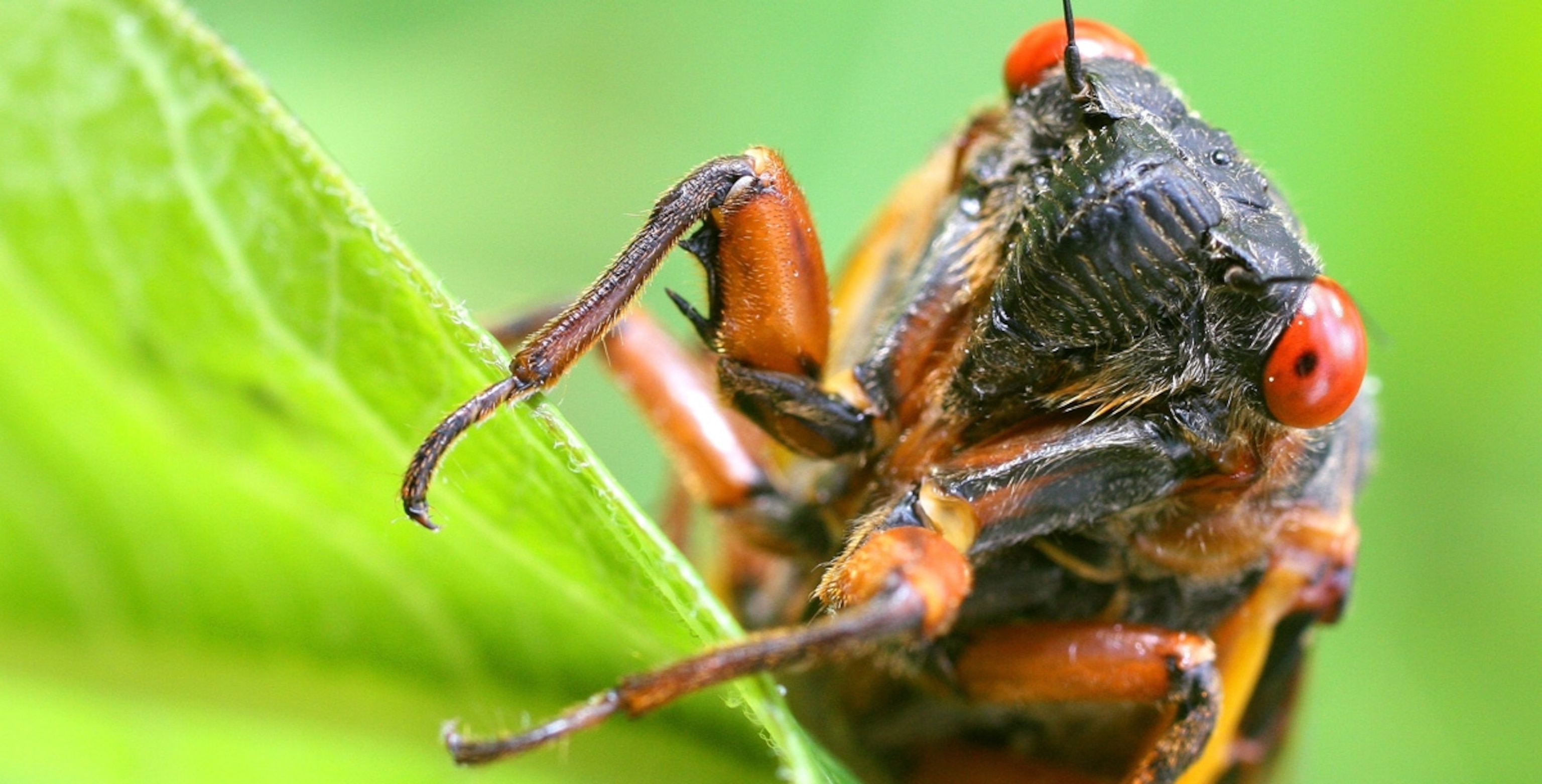I’ve lived in central Connecticut for ten years now, and so I missed their last emergence here in 1996. I was looking forward a June deafened by the songs of lovesick male cicadas, but my month turned out to be disappointingly quiet.
And yet, when my two daughters paid a visit to friends who live just seven miles away, they came home with a shoebox full of exoskeletons.
This year’s cicada emergence was anticipated by many millions of people in the eastern United States, but many of them missed it. But that doesn’t mean that the brood was a bust. Instead, it tells us something about they mysterious seventeen-year cycle of the cicadas.
In today’s New York Times I take a look back at Swarmageddon 2013, and look at what scientists learned about the bugs thanks to some newly invented tools. Check it out.

